Three colleges – University College, Merton College and Balliol vie for being the oldest of the academic communities in Oxford. If there is a foolproof way of deciding which of these was the very first I haven’t heard tell of it. In a village quiz I did once politely query the absolute certainty of the question master who firmly stated that the prize went to Merton. The question master’s decision – right or wrong – is regarded as gospel in our local village league, so I let it pass. A year later the same man came up to me in a bluster of embarrassment, having recently learned just how undecided and contentious an issue the dating of the colleges was and apologised with unnecessary profusion for his former dogmatism. I can only say that it’s not something about which I can get very excited . Each college is distinctive and characterful in its own way.
Balliol itself dates the college’s foundation by John Balliol to 1263. But it was his widow, the wonderfully named Dervorguilla, a Scottish princess, who ensured its lasting survival by securing funding and by formulating the college statutes in 1282. (The statutes and the college seal have survived and are in the care of the college archives). Dervorguilla is held in such great esteem that she is deemed to be equally important in the college’s history as John Balliol and is regarded as the college’s co-founder. Read more about this pioneering woman who turned the name of a rather difficult and beligerent man into a byword for academic excellence. Women of the college can feel justifiably proud of Dervorguilla.
A couple of years ago, Balliol gardeners decided to prepare their own contribution to the 750th anniversary celebrations by creating a new variety of dahlia. The dahlia is a plant with 2 major merits – not only does it lend itself well to experimentation but even more importantly it obviously enjoys life in Balliol soil, where it has been successfully grown for years. Preparation for the new plants began in autumn 2011 when insect-pollinated seed was harvested from much loved varieties, including ‘Bishop of York’, ‘Bishop of Llandaff’ and the less ecclesiastically-named but more exciting sounding ‘Summer nights’ and ‘Moonfire’ (the principle being that a gorgeous mum and dad should not only produce a bonny baby but one that might prove to be exceptionally lovely).
Plants were raised in the college’s Rawlinson Road nursery and scrutinised as to size and bearing, colour and shape of both petals and leaves and general good health. Plant colours ranged across the hot spectrum, from pinks and reds, through to yellow-oranges. In general the heads were single with a few semi doubles. Thirty nine tubers of the most promising plants were carefully put on one side over winter ready for planting earlier this year when two new beds were made in the lawn in the back quad. These beds can be seen in the photograph at the top of the blog. They are almost overshadowed in their beauty by the towering glory of the stately banana trees which have flourished this year in such a sheltered position (west facing with the warmth of a high wall and Trinity College buildings beyond, a most beneficent micro-climate for this tropical plant). Whether or not horticultural success is achieved, all who have studied at, worked in or just visited the college have taken great pleasure in the dahlias’ burst of uplifting colour throughout the late summer and autumn of this celebratory year.
Christopher Munday, Balliol’s Head Gardener, says, ‘Within this selection of plants there are a number which I hope we can put forward to be registered by the RHS as new varieties. It is difficult to know if any of our plants will be considered distinct enough to be given variety status, but we are having some fun trying.’ Chris has highest hopes for Rawlinsons 5,6, and 37 which are prosaically named after their position in the Rawlinson Road nursery plot. He is probably wise to wait before giving them any more melodious name – it would be terrible if you called one Dervorguilla (surely the number one candidate for naming the best?) and after a first glorious flowering she succumbed to a common plant ailment and proved to be sickly and just not good enough.
I left it rather late to photograph the plants so flowers are not as prolific as they were and seed heads are beginning to dominate. But considering that the dahlia bed suffered the indignity of having a marquee covering them and being deprived of natural light for about a week recently, I think they’ve held their own well and are raising their jaunty heads high as they march into the second week in October.

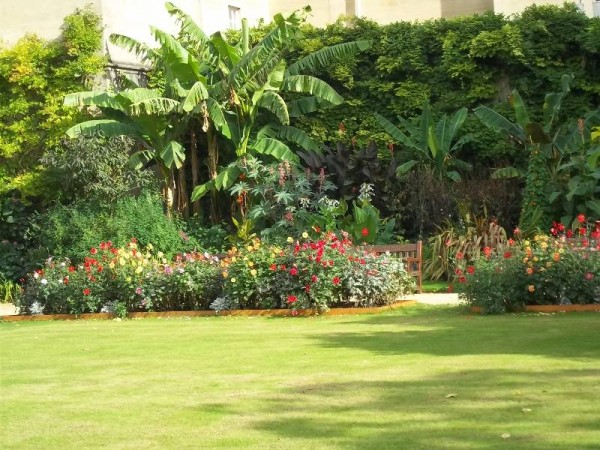
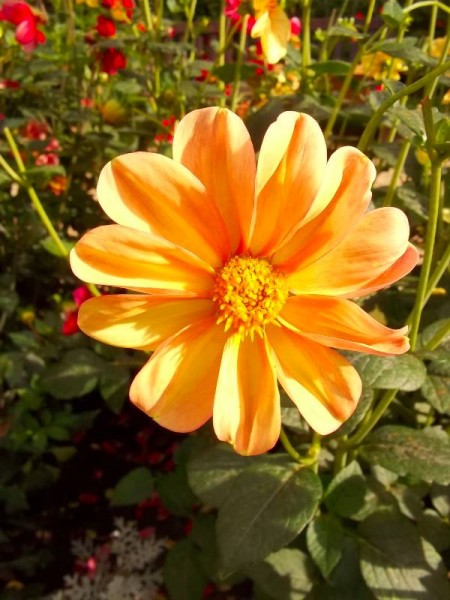
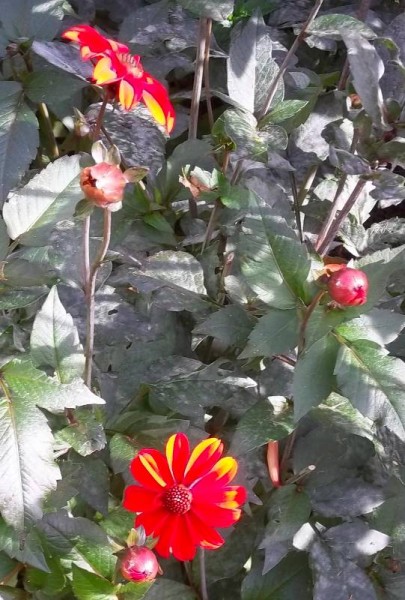
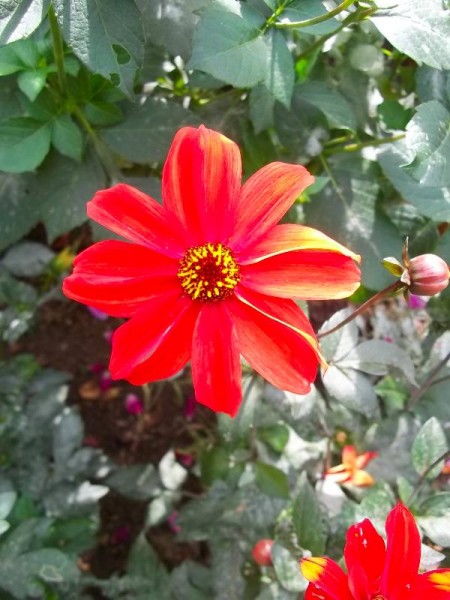
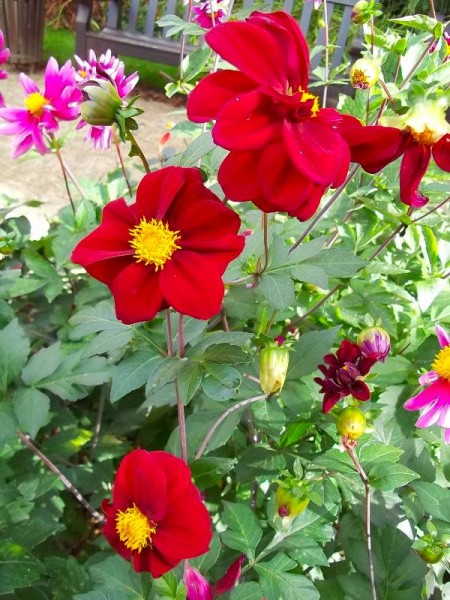
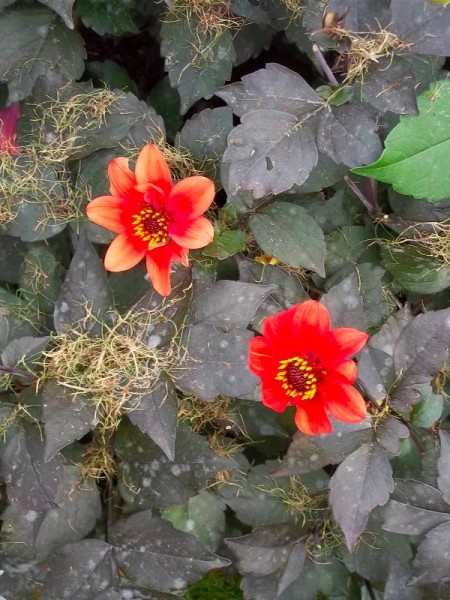
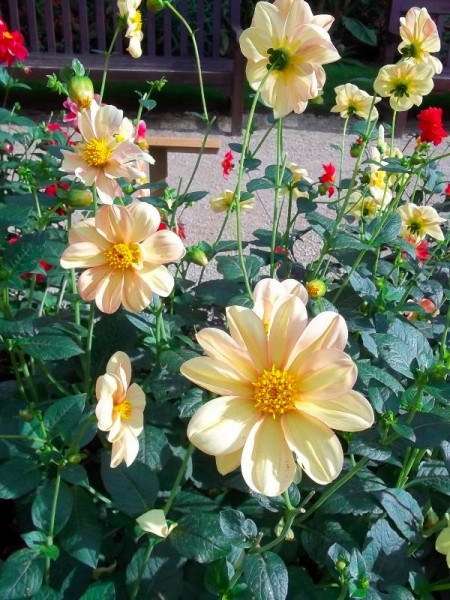
6 Comments
I have been familiar with Peter Wimsey for a long time. Until I read your post, I only knew Balliol as mentioned in connection with him. How interesting to know that it is one of the oldest colleges in Oxford! How lovely that the gardeners are working toward a new dahlia to honor 750 years.
Thank you for sharing all of this with us.
Vicki, I’m glad you enjoyed hearing about Balliol.
Delightful
Thank you for your succinct comment.
Mary, thank you for posting this informative and beautiful post about the growing of anniversary Dahlias for Balliol’s 750th birthday (a few years back but I’ve just come across it!). I used to work as a gardener at another college in Oxford, and I am very fond of Dahlias. After reading your post I did some more searching online as was pleased to find the connection between Joshua Pritchard Hughes, a former student of Balliol and later a Bishop of Llandaff. I would never have known the Dahlia was named for him, it’s one I have previously planted out in a garden that was known as The Bishops’ Garden, along with others in the same family. Now if I happen to visit the Hot Borders at Balliol I will smile to myself if I see this particular one. Thank you for your well-written post an beautiful pictures. Best wishes from Benson, South Oxfordshire.
How interesting! I left Oxfordshire 4 years ago and was last in Balliol a couple of years before that, so I have no idea whether the dahlias or even the hot borders have continued.
Thanks for pointing out that the Bishop of Llandaff was a Balliol man, which I hadn’t realised, nor had I realised how popular a dahlia it has become once again – I think Christopher Lloyd’s championing of it helped.
I knew Benson well as we lived for 8 years in Ipsden.